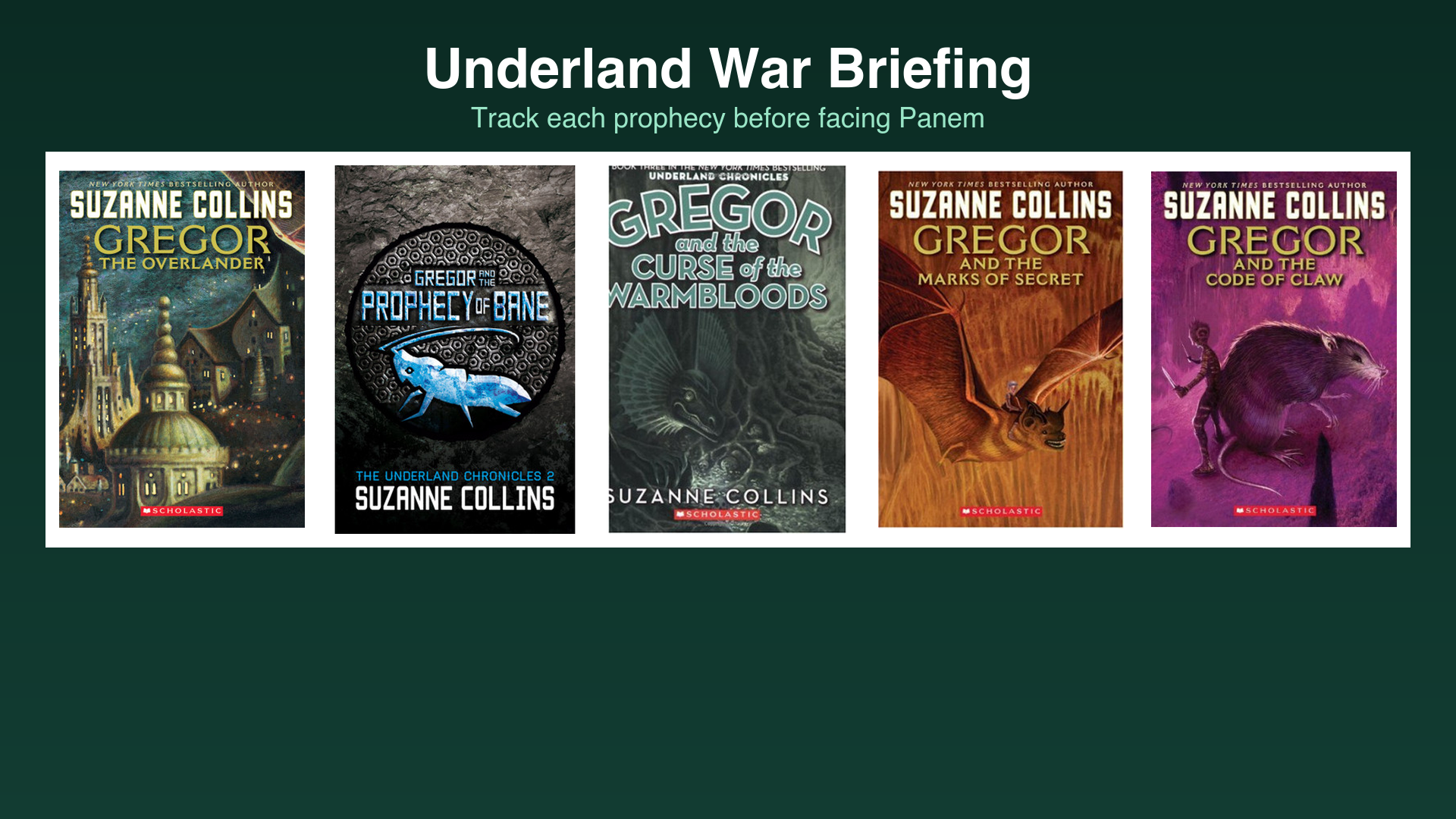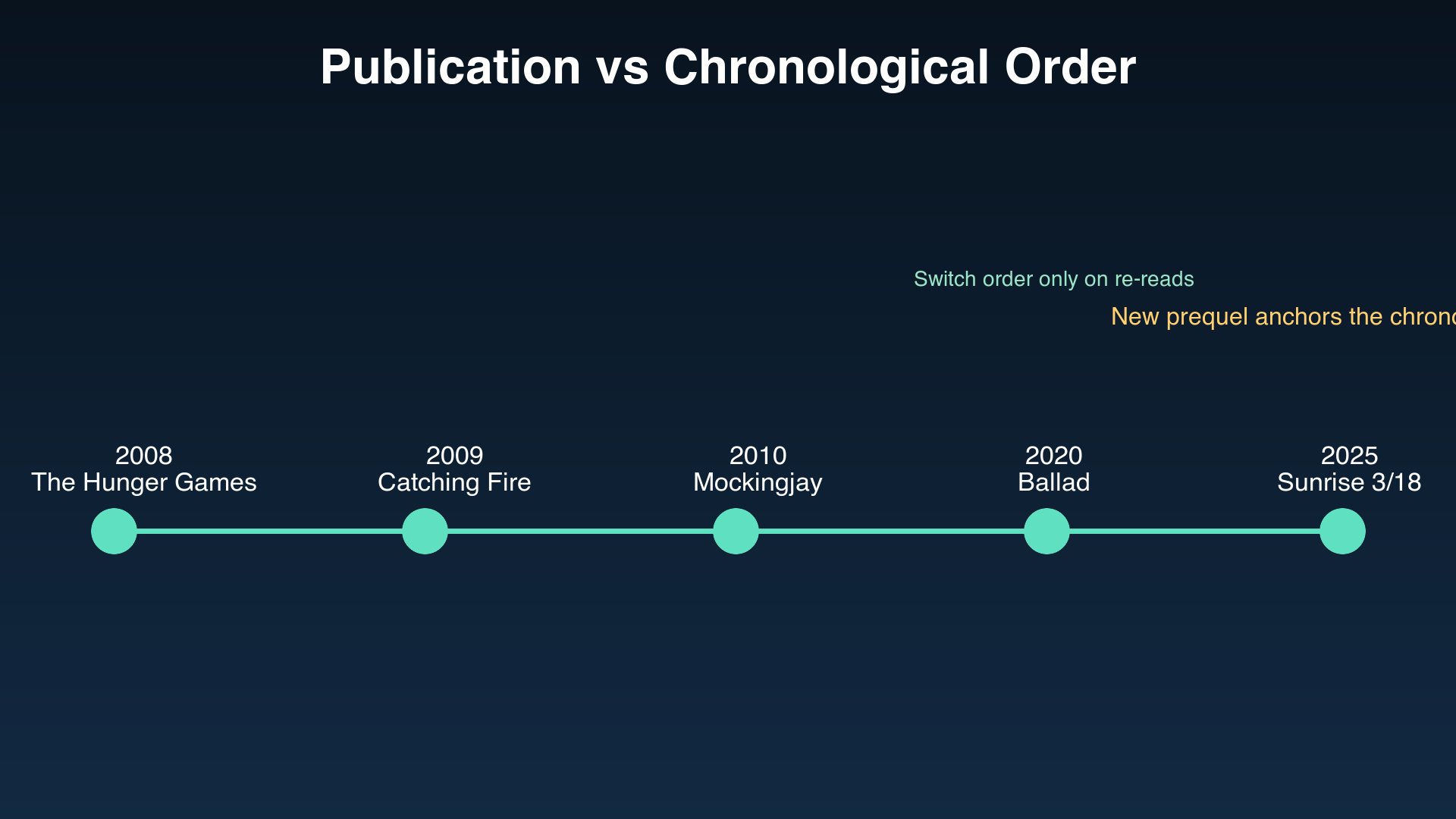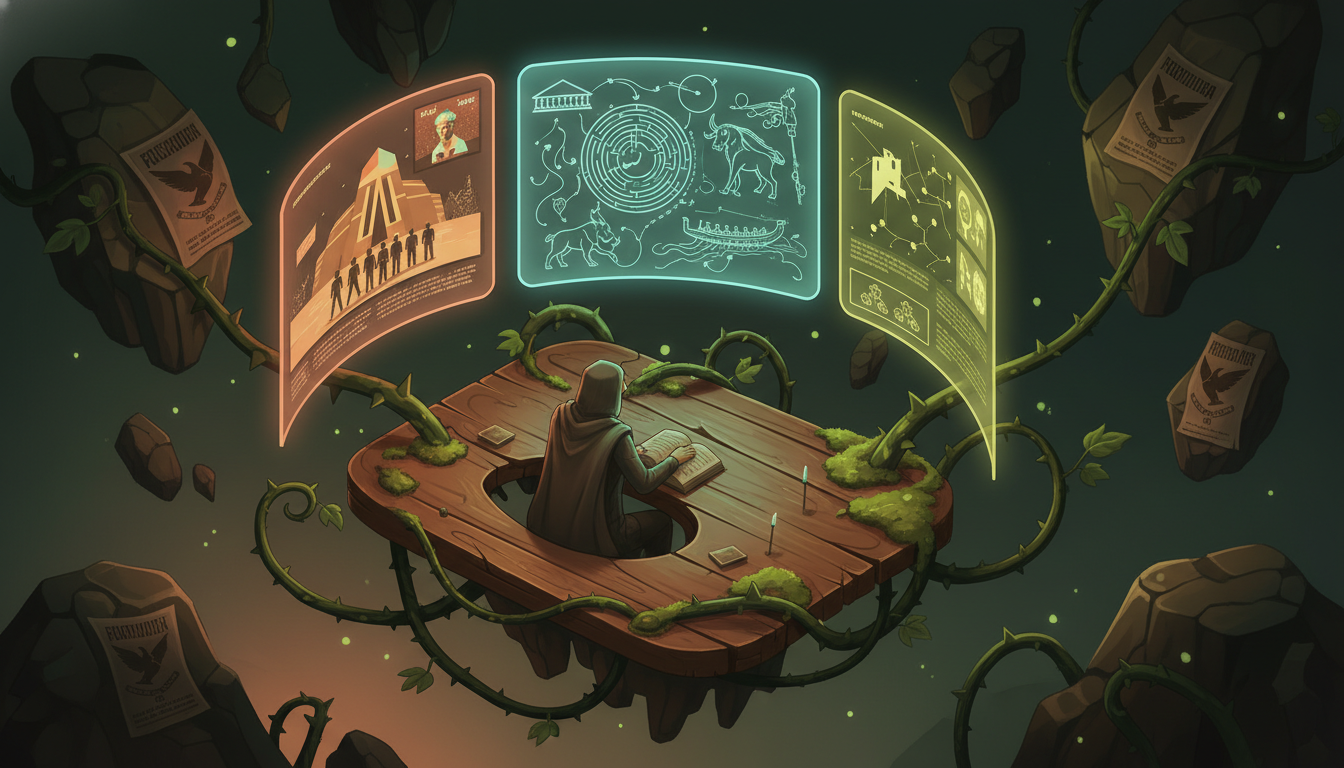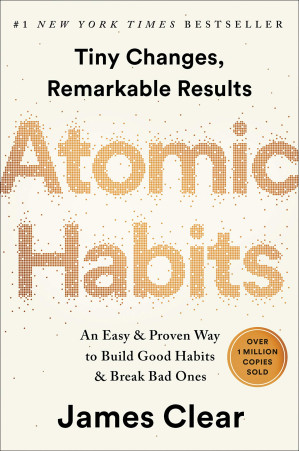🎯 Want to read Suzanne Collins for FREE with AI-powered assistance?
Open the Suzanne Collins Starter Kit on Readever – get pre-reading briefings, live annotations, and synced memory so every rebellion, prophecy, and arena twist sticks.
The Suzanne Collins reading order debate roars back in 2025 thanks to Sunrise on the Reaping (out March 18). Whether you are new to her worlds or ready to revisit Panem before the next prequel, you need a plan that covers the Underland war epics, the original Hunger Games trilogy, and the expanding Capitol backstory. This guide compiles 10 actionable insights—from biography cues to AI reading tactics—so you can move through her catalog with confidence and context.
Suzanne Collins in 2025: Beyond the Mockingjay Pin
Suzanne Collins’s career arc is its own three-act structure. Act I was a decade writing Nickelodeon and Kids’ WB series such as Clarissa Explains It All and Generation O!, where she sharpened pacing for younger audiences. Act II began when fellow author James Proimos nudged her toward novels, leading to The Underland Chronicles. Act III erupted with The Hunger Games, but its emotional charge traces back to her father, a Vietnam veteran and military historian who walked his children through battlefields and the ethics of “just war.” That mix of kid-focused storytelling craft plus direct exposure to military strategy explains why her books can be simultaneously propulsive and unflinching.
Her 2013 picture book memoir Year of the Jungle proves the point: the six-year-old protagonist (a stand-in for Collins) learns about conflict through family briefings, not sanitized fairy tales. (It is not yet available in Readever’s open collection, so bookmark it elsewhere if you want the full autobiographical arc.) Carry that lens into every series—characters are never randomly brave. They are trained by history, trauma, and communal responsibility.

Underland Chronicles: Your Five-Step Warm-Up Campaign
Before you aim an arrow at the Capitol, spend time underground. The Underland Chronicles is a middle-grade series, but its five-book arc maps every major Collins preoccupation: reluctant child soldiers, biological warfare, propaganda, and the blurry line between survival and justice. Read them in strict publication order so each prophecy escalates the stakes:
- Gregor the Overlander
- Gregor and the Prophecy of Bane
- Gregor and the Curse of the Warmbloods
- Gregor and the Marks of Secret
- Gregor and the Code of Claw
Each volume pushes Gregor closer to the prophecy that ends with his own death sentence, echoing the emotional trajectory Katniss later walks. Readever’s pre-reading chat is especially helpful here: tell the AI companion which themes (e.g., wartime ethics for kids, or sibling care under stress) you want highlighted, and it will surface matching annotations so dark moments never feel gratuitous.

🌌 Need a spoiler-light refresher before you tunnel back underground?
Launch the Underland War Room in Readever – the AI guide tracks every prophecy, combat unit, and political faction so young readers don’t miss the subtext.
Hunger Games Reading Order in 2025
Two viable paths exist now that Sunrise on the Reaping is imminent. Choose based on whether you crave mystery or tragic irony.
Publication order (best for first-timers):
- The Hunger Games
- Catching Fire
- Mockingjay
- The Ballad of Songbirds and Snakes
- Sunrise on the Reaping (March 18, 2025)
Chronological order (ideal for veteran tributes): Ballad → Sunrise → The Hunger Games → Catching Fire → Mockingjay. Starting with Coriolanus Snow’s mentorship arc reframes the trilogy as a tragic dossier on how authoritarianism incubates itself.
Readever’s timeline view keeps the Capitol politics straight no matter which path you pick. Tag every appearance of Snow, Dr. Gaul, or Lucy Gray, and the AI will auto-generate a “power consolidation” highlight reel you can skim before each session.

Five Themes to Track Before You Volunteer as Tribute
- Ancient myths meet reality TV. The Theseus tribute myth and Roman gladiator arenas inspired the Games. Pair that with Collins channel-surfing between Iraq War footage and competition shows, and you get a savage critique of entertainment culture.
- Inequality isn’t background flavor. Tesserae, sponsored gifts, and the Capitol’s surveillance apparatus illustrate exactly how resource scarcity is engineered—and why uprisings simmer for decades.
- Violence is didactic, not decorative. Every grotesque arena death is a prompt to question civilian complicity in war. Use Readever’s “Ethics Watch” annotation filter to keep that focus front and center.
- Trauma-resistant heroines look different. Katniss is motivated by family loyalty and survival pragmatism, not destiny. Gregor’s PTSD arc, Katniss’s numbness, and even young Snow’s hunger all highlight how war imprints itself on kids.
- Media literacy saves lives. From Caesar Flickerman interviews to Haymitch’s script doctoring, personas decide who gets sponsors. Practicing Readever’s “persona tracker” (a custom highlight set) shows how often characters perform versus feel.

Optimize Your Collins Marathon With Readever
- Pre-reading briefings. Tell the AI whether you’re more interested in political theory, survival tactics, or character psychology. It will tailor highlighted backgrounders, so Sunrise on the Reaping’s Quarter Quell twists hit harder.
- Memory-safe annotations. Because Readever remembers prior chats, insights from Gregor and the Curse of the Warmbloods can echo when you reach Mockingjay, helping you compare plague ethics across worlds.
- Auto-generated visuals. Upcoming illustration support means you can request scene sketches (e.g., District 12 Victor’s Village) right beside the text, reducing the need to leave the reader to imagine Capitol architecture.
- Contextual recommendations. Once you finish Katniss’s arc, Readever can suggest adjacent historical nonfiction or YA dystopias so you keep the momentum without losing thematic depth.
FAQs
How long does it take to read every Suzanne Collins novel?
Expect roughly 110 hours for a full read-through in publication order: about 45 hours for the five Underland books, 30 hours for the Hunger Games trilogy, and another 35 hours for Ballad plus Sunrise on the Reaping. Readever’s pacing goals can break that into 30-minute missions.
Should middle-grade readers start with Underland or jump to The Hunger Games?
Young readers (9+) should begin with Gregor the Overlander. Its violence is intense but metaphorical, and Readever’s age-sensitive glossaries clarify wartime concepts without numbing the stakes. Once they can discuss those ethics, transitioning to Katniss feels organic.
What’s the best way to prep for Sunrise on the Reaping?
Re-read The Ballad of Songbirds and Snakes with a Snow-centric notebook. Flag every mention of the 50th Hunger Games, District 12 victors, and evolving Capitol tech. The AI companion can export those highlights into a “Sunrise primer” doc.
How does Readever compare to summary-focused tools like NotebookLM?
NotebookLM is optimized for Q&A and recap. Readever embeds the AI inside the reader itself, remembers your prior sessions, and prompts you with questions so you keep reading rather than defaulting to summaries. It’s a co-reader, not a replacement.
Which nonfiction pairs well with Collins’s themes?
Queue up works on propaganda and war ethics—Hannah Arendt’s Eichmann in Jerusalem or Timothy Snyder’s On Tyranny—and store them in a Readever playlist. The AI can surface cross-book parallels whenever Katniss questions the cost of rebellion.
🏹 Ready to sprint from District 12 to the Capitol with an AI co-reader?
Load the Hunger Games Power Reader list – free downloads, timeline-aware annotations, and conversation starters that keep every page sharp.






